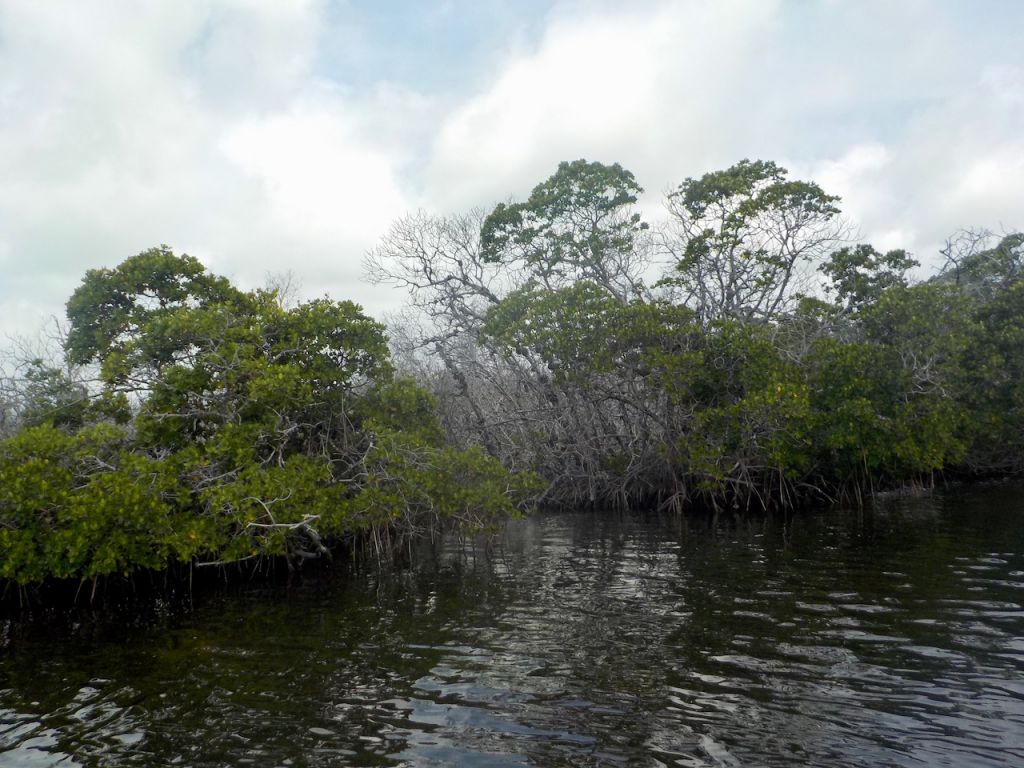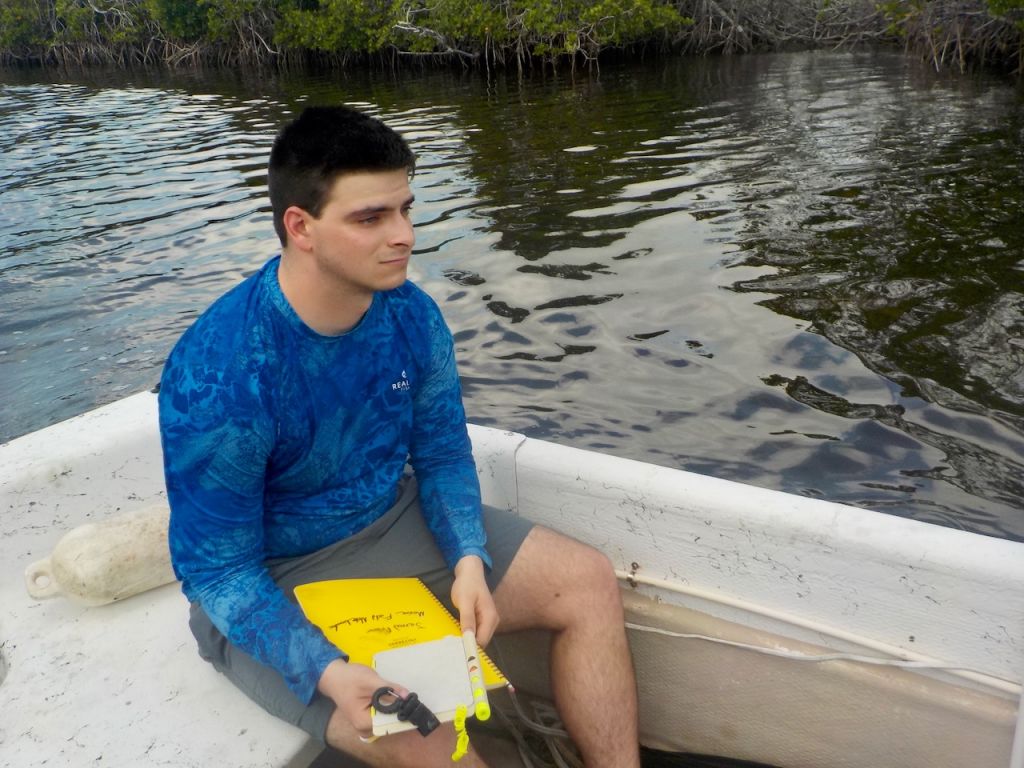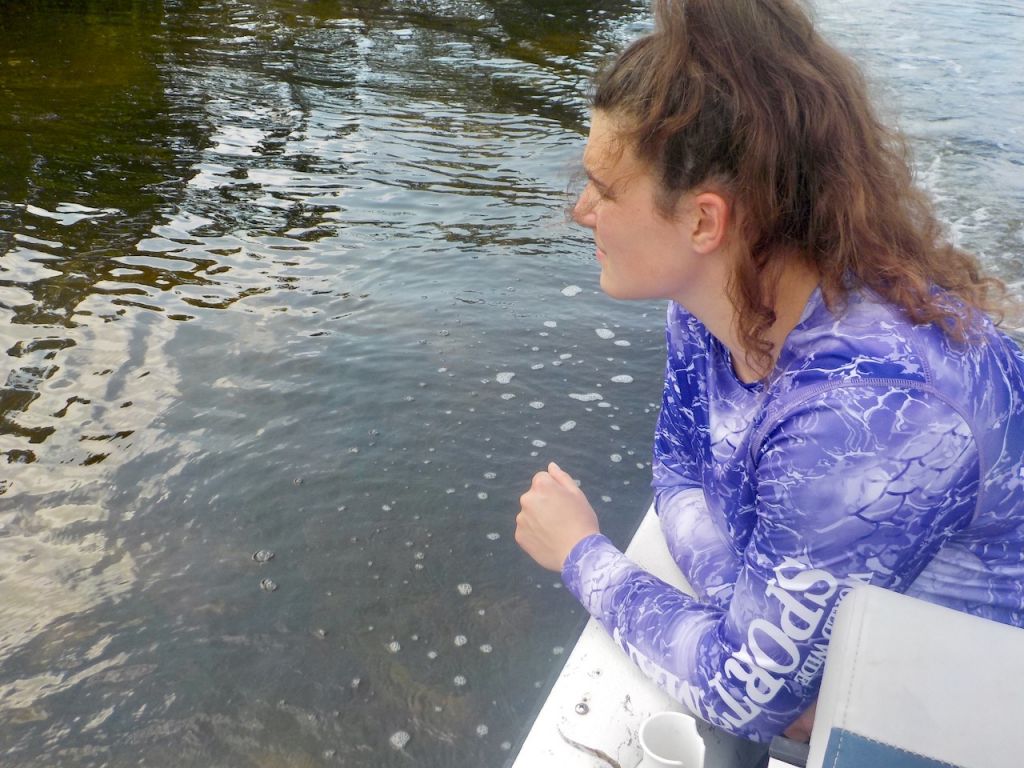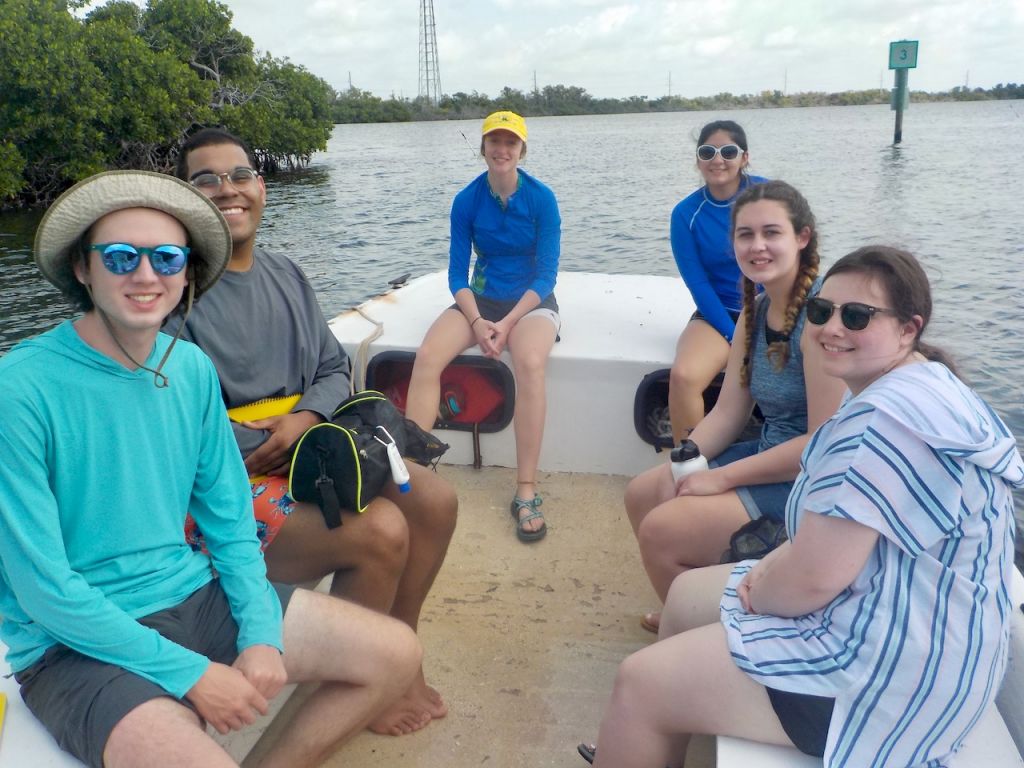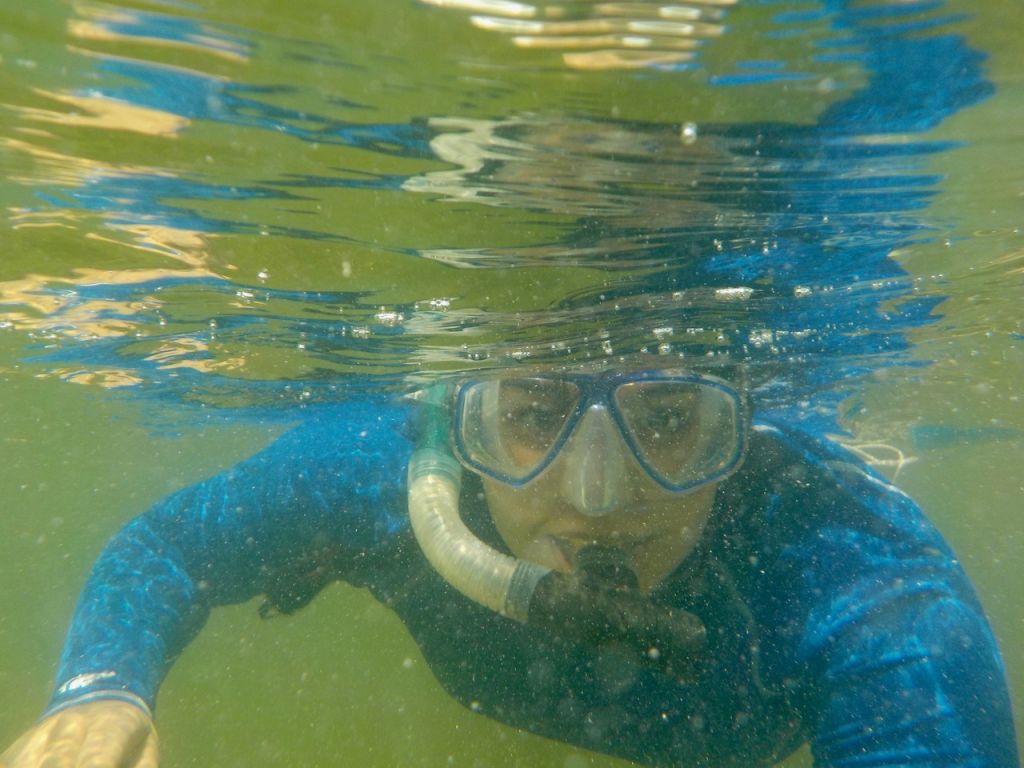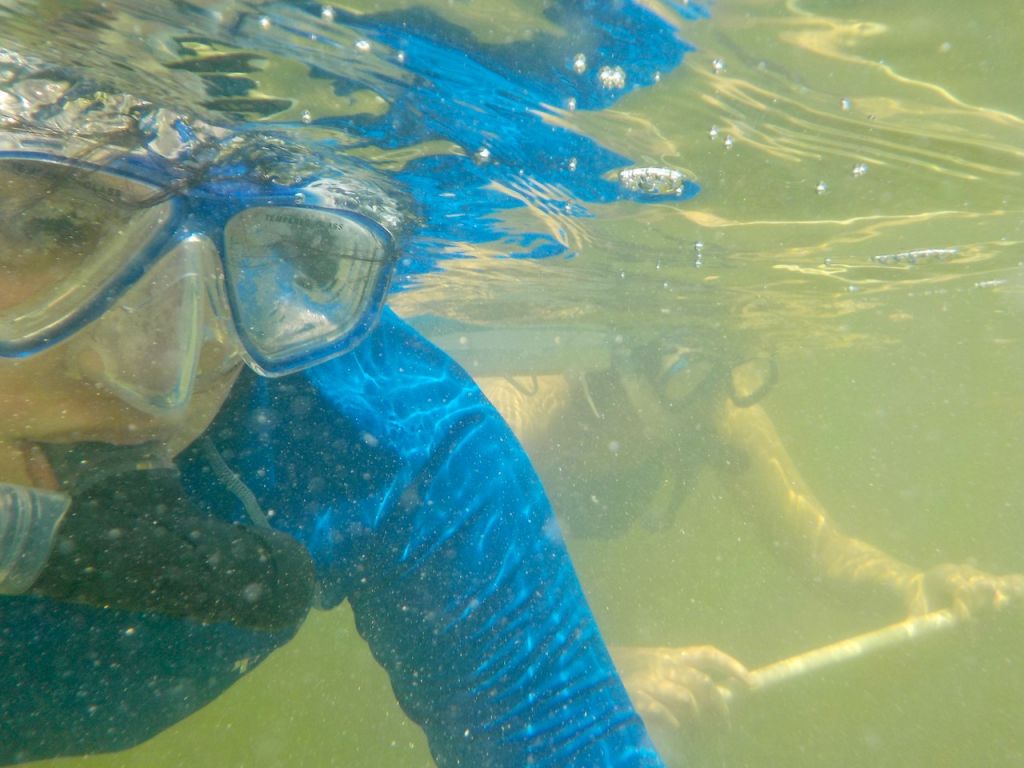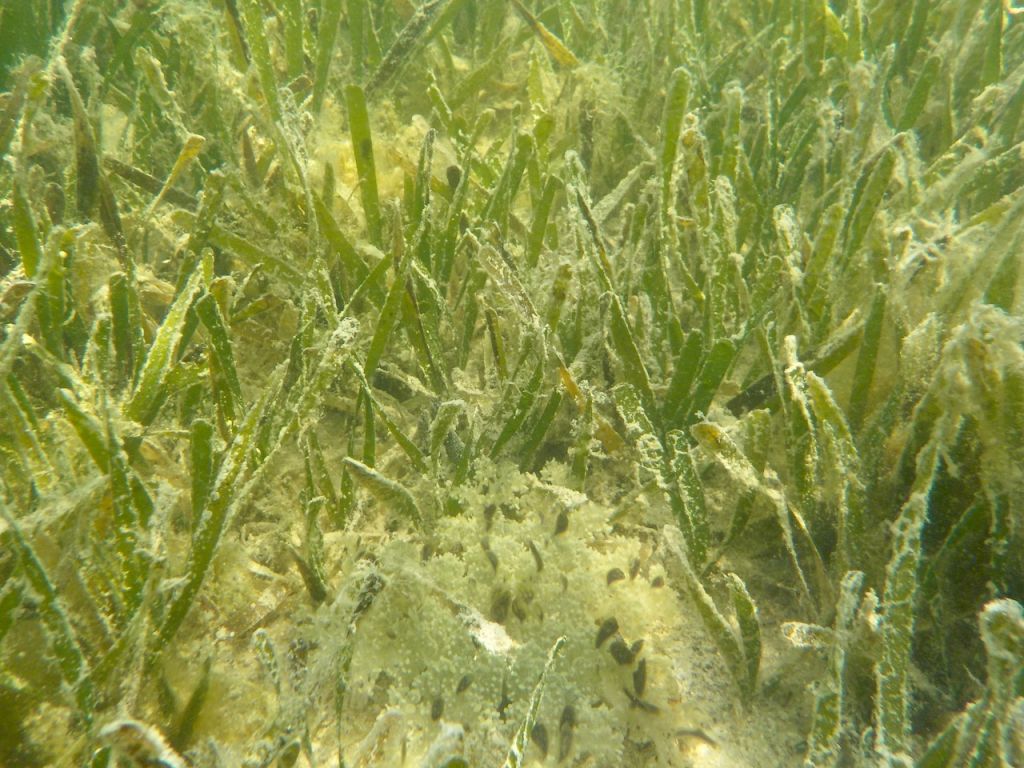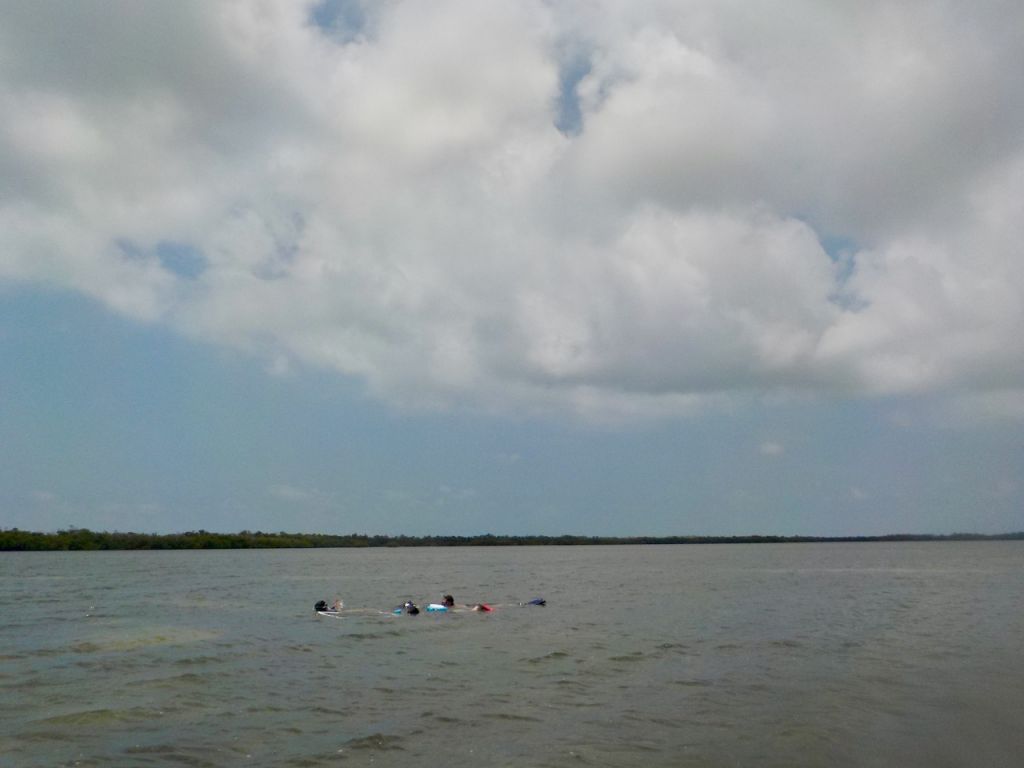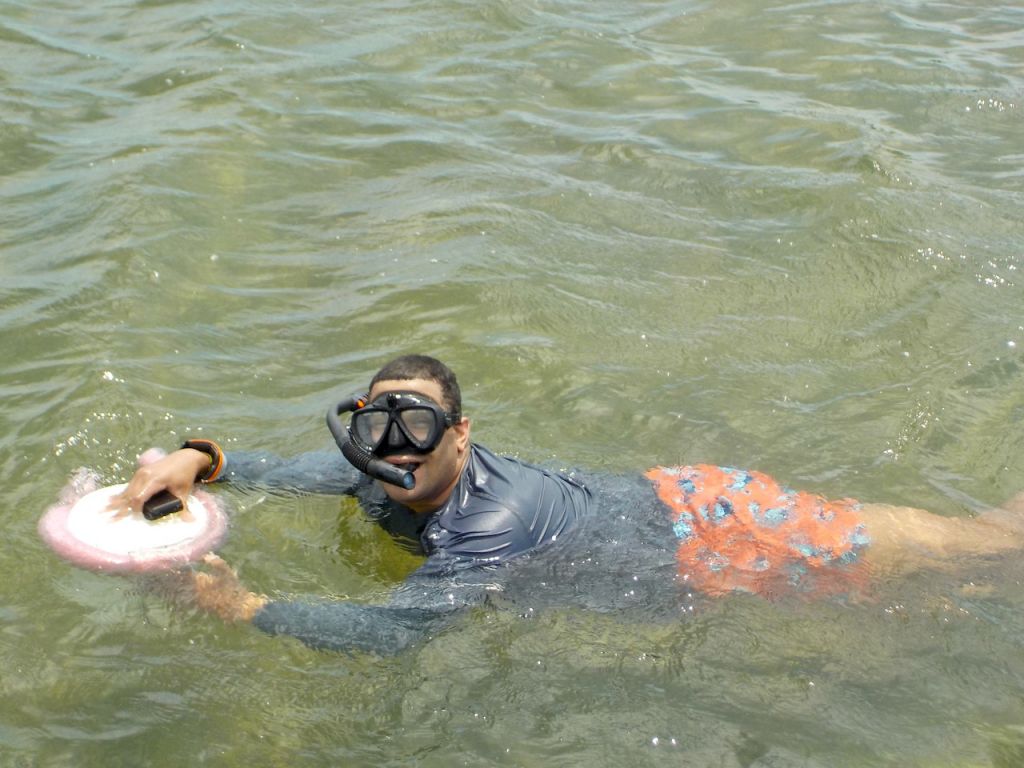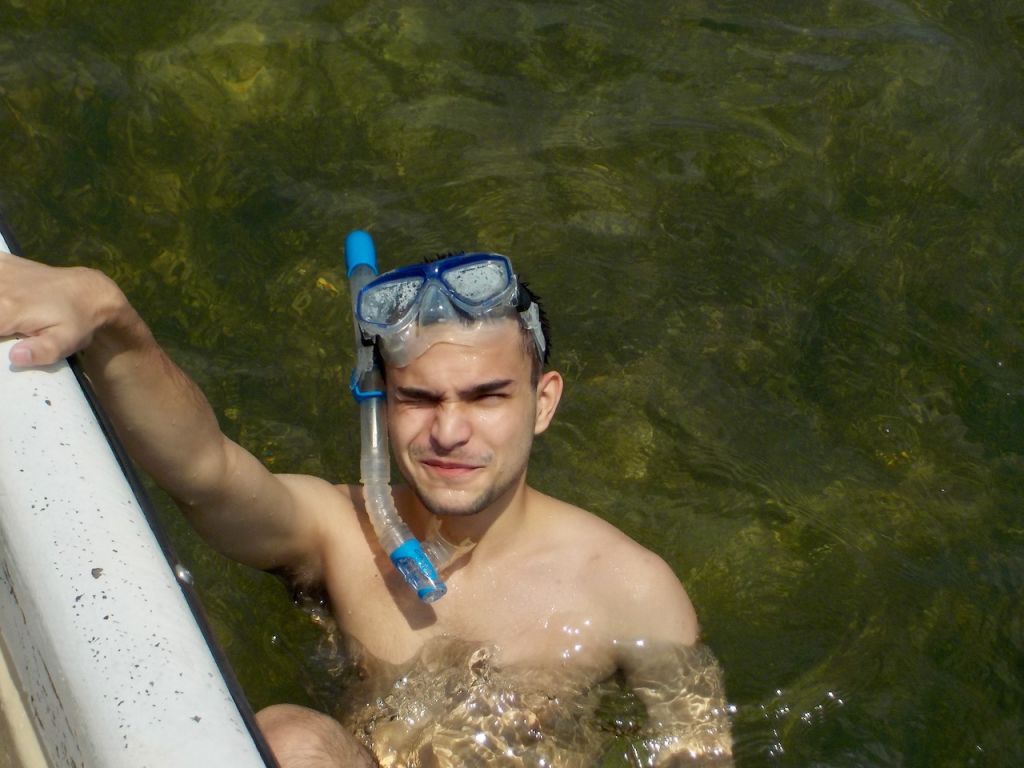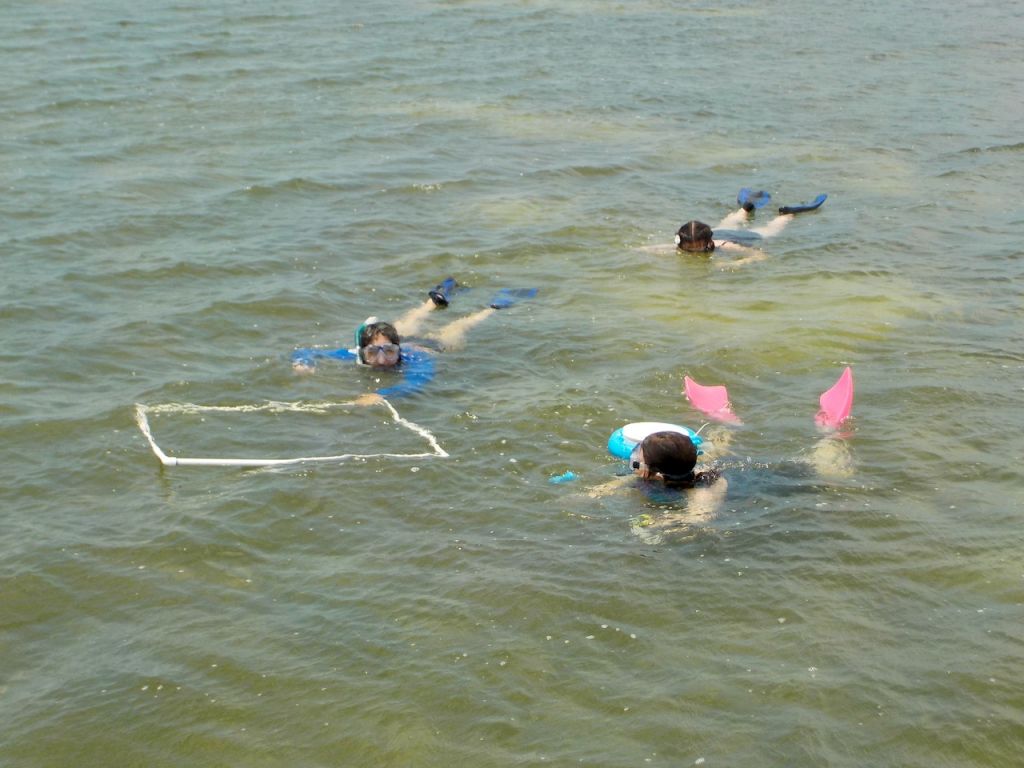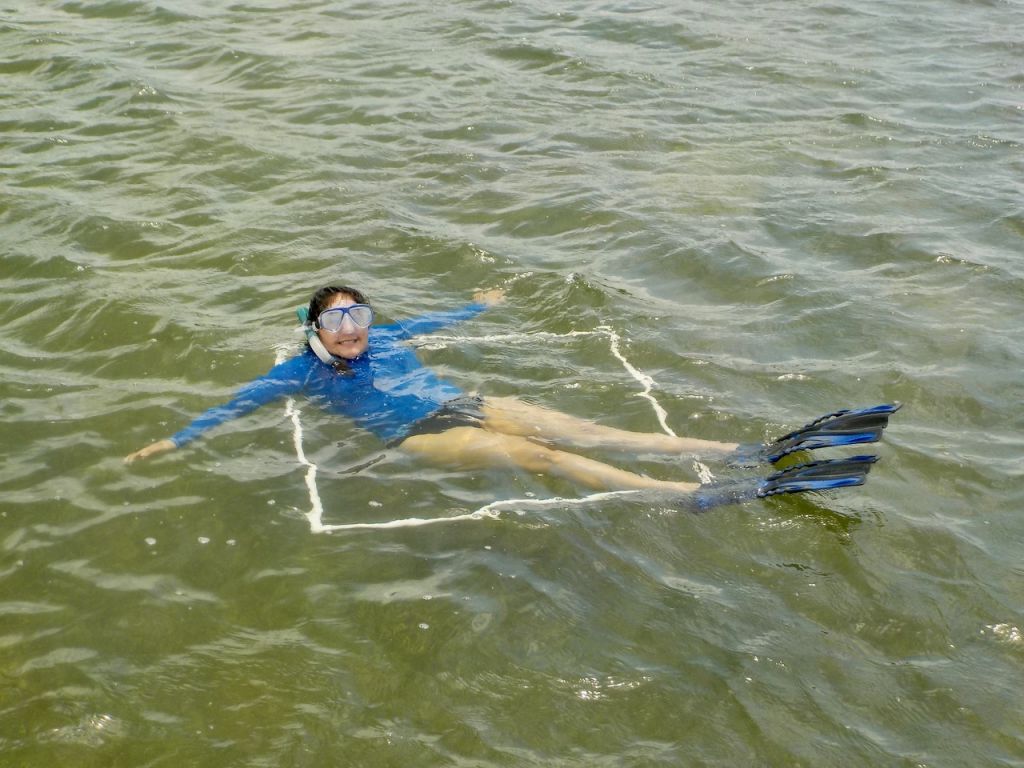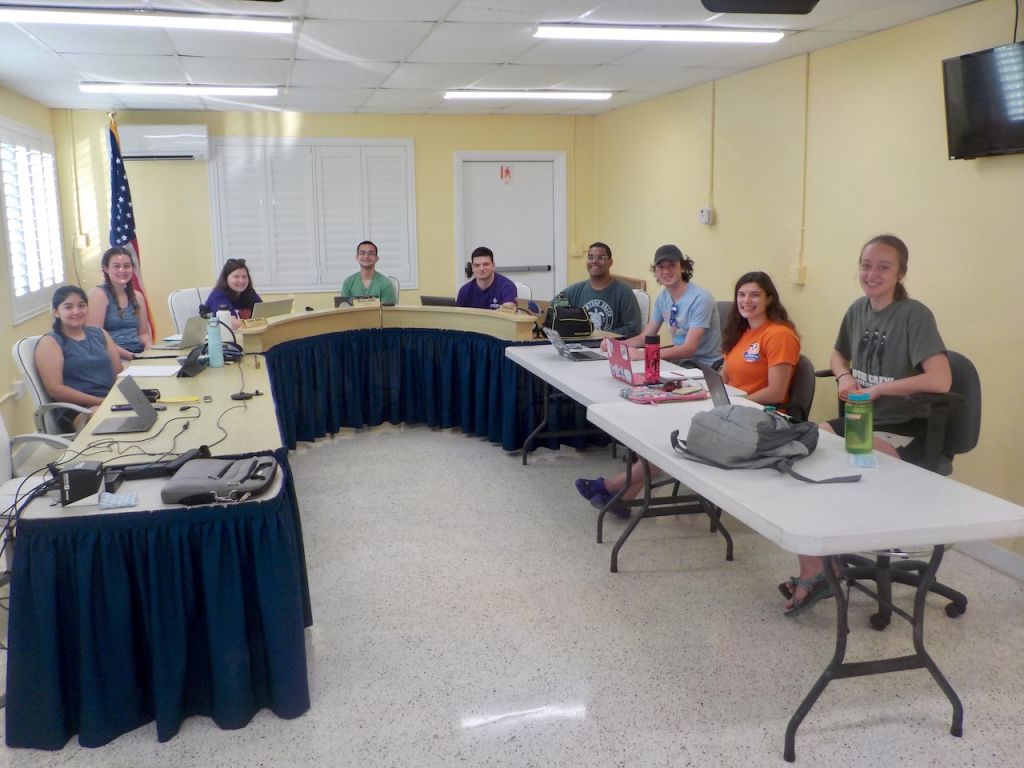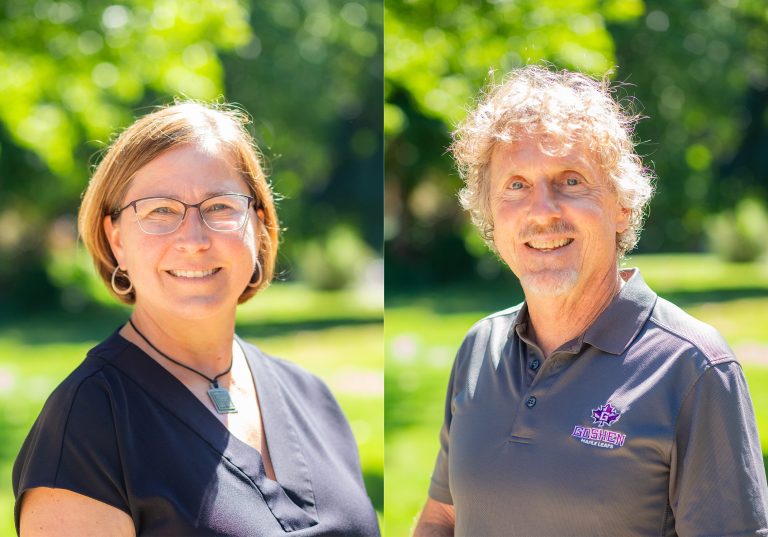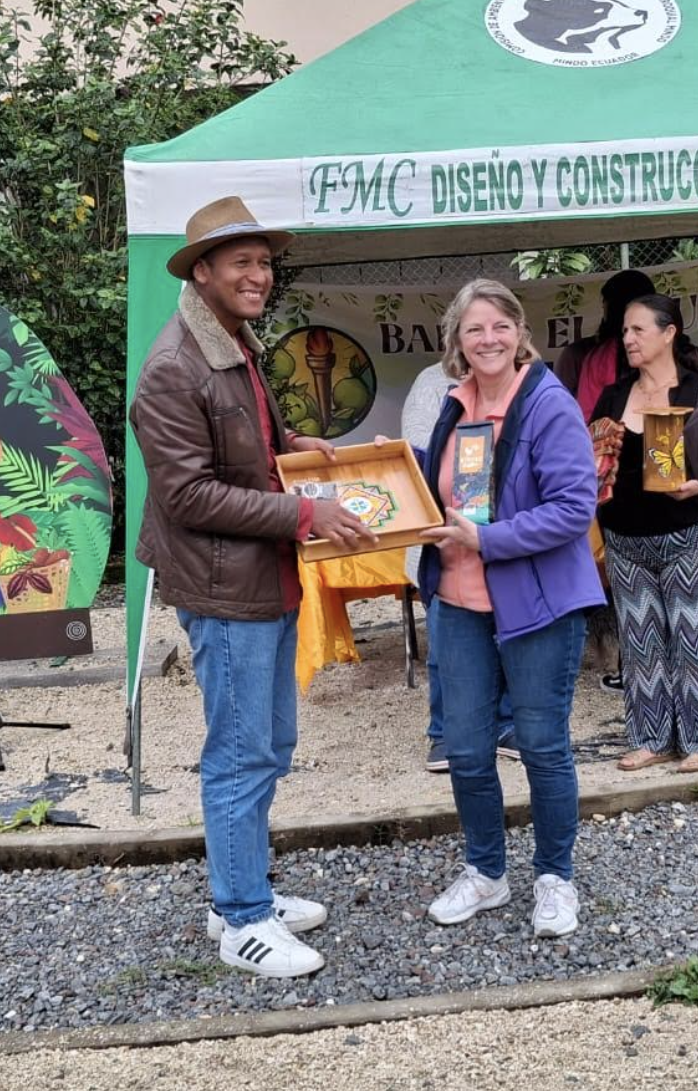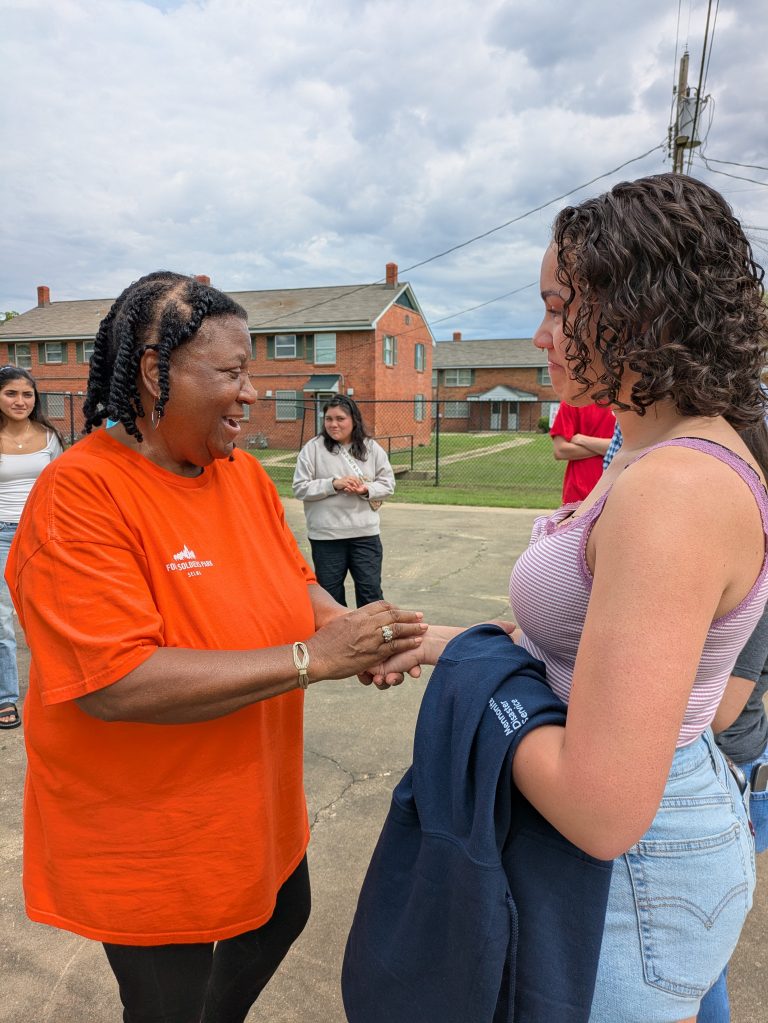Goshen College’s “SST for all” makes global education more accessible with flexible study options at home and abroad.

News
Visit to the Bight
May 04 2021
Monday, May 3, 2021 – The Bight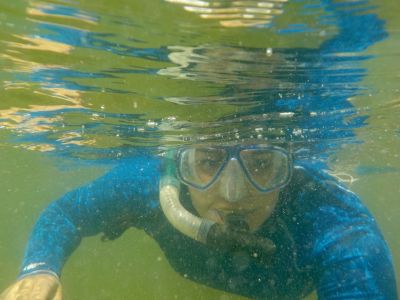
The day began with a brief discussion on our observations and thoughts from our first snorkeling session on Sunday. Out of this conversation came the realization for the group that while there is much academic work in this course, part of our task is also to learn what to look for and how to appreciate each unique marine system. Many individuals expect to see schools of fish swimming by and vibrant corals all around as they snorkel, but that is only a piece of the vast ecosystem we are learning to observe and identify organisms within. In reality there are many more exciting things to see besides sharks and stingrays, we just have to learn what they are in each habitat to be able to fully appreciate them.
This discussion was followed up by one covering the general characteristics of marine systems, and more specifically how they are similar to or different from terrestrial systems. As it turns out, water is a very important difference between the two and its chemical properties can explain many marine characteristics and processes such as upwelling and wind.
In the afternoon we headed to the field to try our hand at developing experimental methods to address a specific question: What is the density of Thalassia testudinum (turtle grass) in The Bight (a shallow, soft-bottom area nearby)? In small research groups we used quadrats to measure the density of the seagrass using the various methodologies we developed and recorded the data. We then explored the site where we saw a variety of green algae species such as Acetabularia crenulata and Penicillus dumetosis many Cassiopeia xamachana (upside-down jellyfish), and the molted exoskeleton of a Limulus polyphemus (horseshoe crab).
The day was rounded out with a series of lectures on the phylums Protista (macroalgae, diatoms, dinoflagellates, and pseudopodia), Porifera (sponges) and Arthropoda (horseshoe crabs, sea spiders, and crustaceans).
– Leah Otto ’22 (Environmental & Marine Science)
